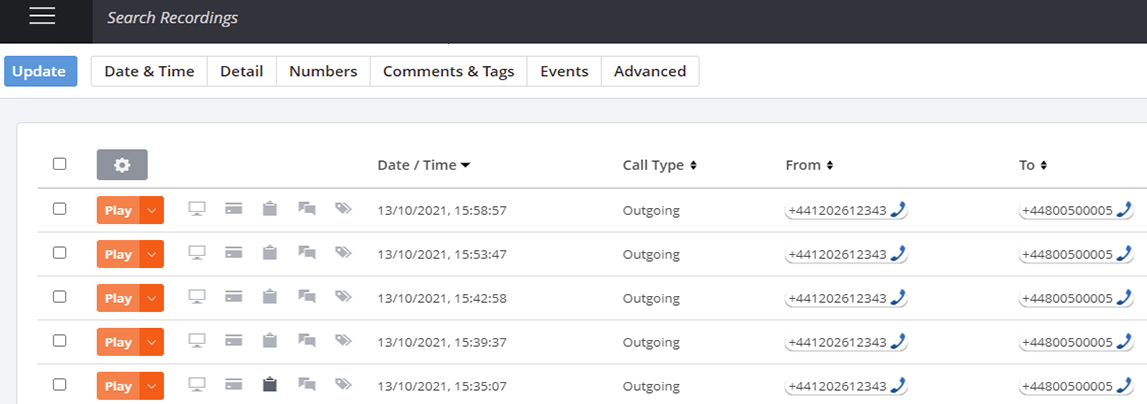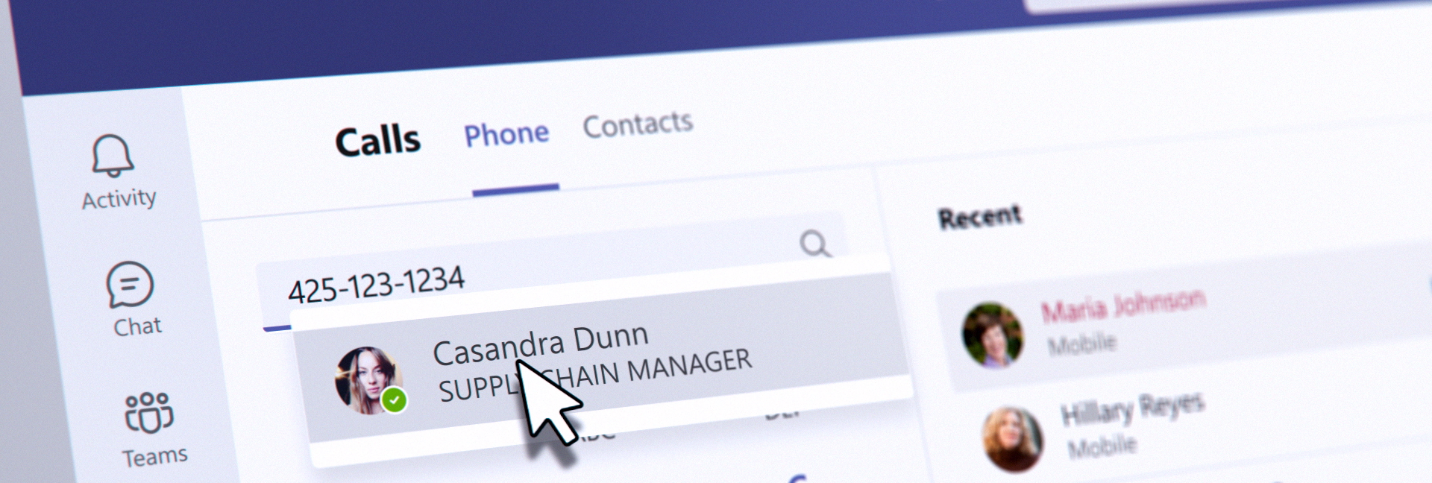
Direct Routing for Microsoft Teams Enterprise Voice
Using Microsoft Teams within Microsoft's 365 your organisation can provide voice functionality in the same way as a telephone system by primarily selection one foundation of voice functionality:
Calling Plan is a great starting point and very useful for small startups or those who do not already own numbers. It can be limited and likely the most expensive option as with new numbers you are required to use only the numbers and services Microsoft will provide. The numbers which you can transfer are limited and the regions in which they are offered are smaller. It's a quick and simple solution, and a compelling choice for a small and new operation.
Operator Connect is a variation on Direct Routing which does not require the deep knowledge required to setup as with Direct Routing. Therefore is less flexible, but is a simpler way for larger, more established operations to move their telephone system over to Teams. You could argue it has less flexibility than Direct Routing but is more appropriate for larger organisations.
Direct Routing offers true scale and interoperability and the choice of staying with your existing telephony provider or meshing existing systems. Due to our desire to offer the most flexible, cost effective solution and as we have the technical know-how to impliment this solution, it is our preferred option when using the calling capabilities of Microsoft Teams. You can connect existing analog, digital or VoIP lines using our regional Microsoft-certified session border controllers (SBC). SBCs connect legacy systems, PSTN carriers and endpoints to the Microsoft Phone System.
Ultimately this provides your Teams users with telephone numbers from the outside world and allows them to make and take calls from any other phone on the planet.
Direct Routing offers by far the most control to the end user because it is not limited by specific vendor platforms - we can literally connect to any carrier on the planet and operate like a local business in that region. We can also setup and control the routes we use, in which order and when for both inbound and outbound calling and have a powerful set of tools and features, like very flexible carrier call divert, least cost routing and call bouncing not available on any other method.
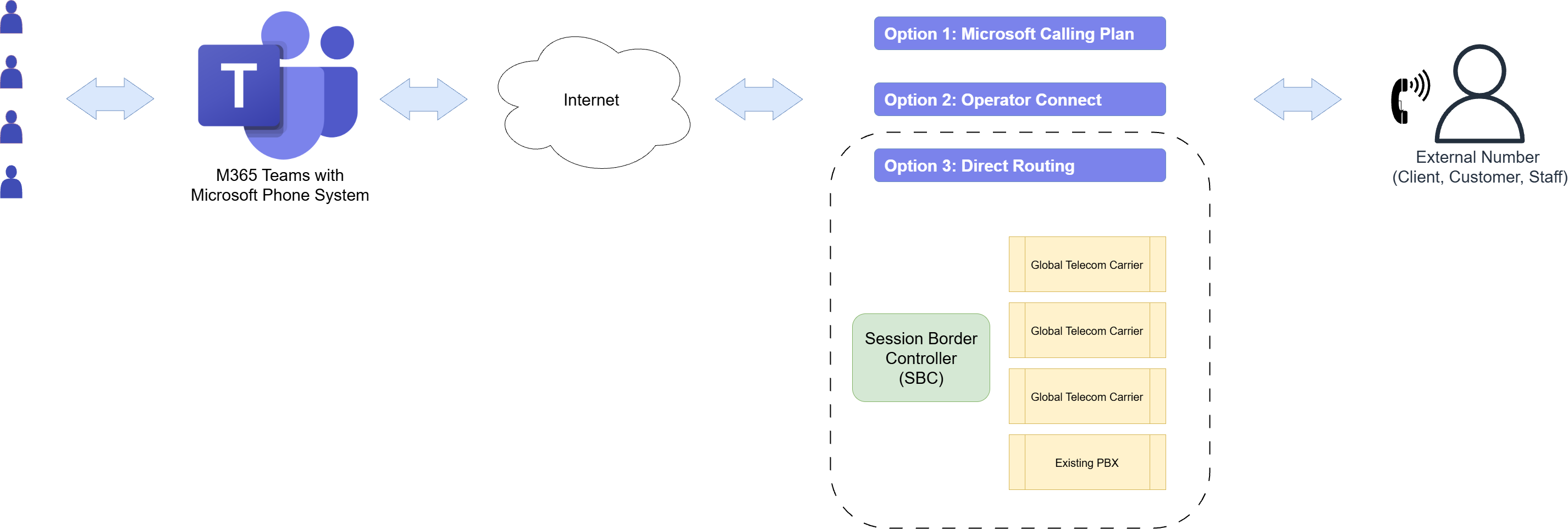
Direct Routing for Microsoft Teams Enterprise Voice
On your journey to unify your telecommunications we can help you every step of the way. The biggest advantages of Direct Routing over Microsoft's phone 'Calling Plan' licenses or Operator Connect are:
- Practical to achieve in every single country, rather than the highly restrictive shortlist of Microsoft's own breakouts.
- Dramatically less expensive than Microsoft's Calling Plans - because you're re-using your existing lines rather than buying more on top!
- Transition (and if necessary, roll back) at your own pace - we can migrate individual phone numbers one at a time, small or large groups or all or nothing at once.
- Keep *all* existing phone numbers - Microsoft can be highly restrictive at Migrating more than a single range of number often forcing expensive changes to phone number ranges.
- Provide users with a higher quality of call when the traffic is not hairpinned continually back and forth to Microsoft.
- Increased resilience with different PSTN connections on or off premises can provide a wide range of active-active PSTN trunk connections via traditional and VoIP technologies.
- Live outside of the Microsoft Monopoly of PSTN access - choose from a wide range of providers for your inbound and outbound telephone calls.
- Create a mesh of connections between any system on the planet using a variety of legacy, current and emerging technologies.
- Transparently Bounce and Divert calls unlike any other platform.
- Have greater control over your SHAKEN/STIR configuration along with your caller ID and CNAME setup.
- Create and adapt highly intelligent call routing plans in order to maximise call success through local breakouts, mitigate spam and anti-fraud blow-back and lower calling costs.
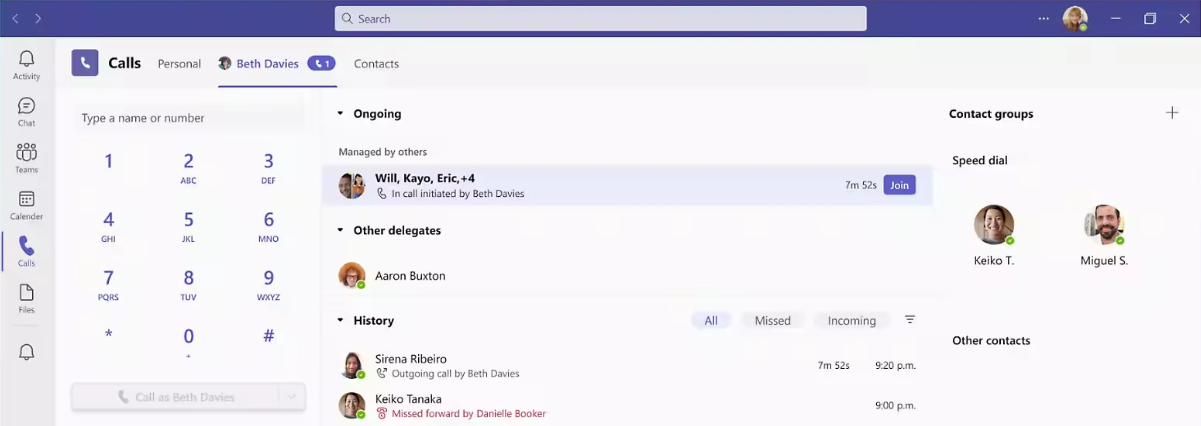
Pre-Requisites
In order to setup Direct routing as long as you have the necessary phone user and conference license, we will take care of all the other prerequisites.
We host a variety of breakout servers across each continent which will use SSL to build secure voice channels to and from the public phone network into your Teams infrastucture. We strictly follow all of Microsoft's guidelines and adhere to their qualifying lists of preferred partners who provide the gateways between your network and the end telephone user.
We provide the Azure cloud space, the session border controllers, the public IP addresses, the SSL certficiates and will walk you through the simple process of connecting your Teams Admin Centre to the PSTN, allowing you to make and take all the usual calls as you would from a regular phone system.
We would also provide resilience in the form of active/active connections, so if there is ever an issue with a telephone carrier, or an Azure location, we have instant automated failover.
Licenses:
Most organisations will have an Office 365 Enterprise plan such as E1, E3 or E5. All of the "E" plans include Teams. You only need the Phone System add-on, audio conferencing and some free 'resource' licenses and you're good to go. If you have E5 licenses, then it's likely you're already good-to-go.
In summary you'll need:
- An Office 365 enterprise subscription either through an E1, E3, or E5 license
- A Microsoft Audio Conferencing licence, which can be found as part of the E5 license or as an add-on for the E3 license. This is required in order to add external participants to scheduled meetings.
- A phone system licence as an add-on to E1 or E3 licensing or is automatically fulfilled through the E5 license.
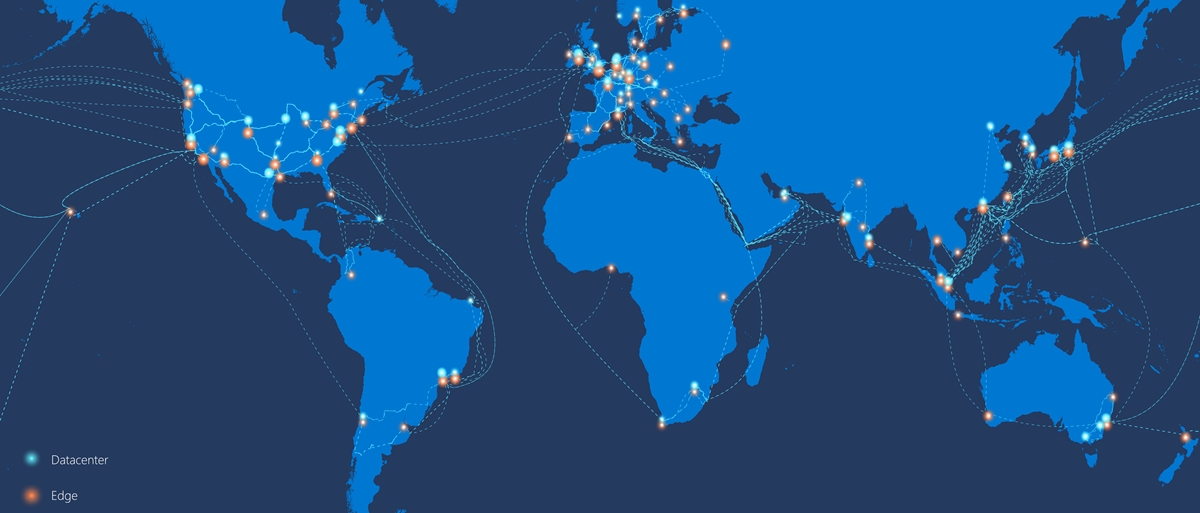
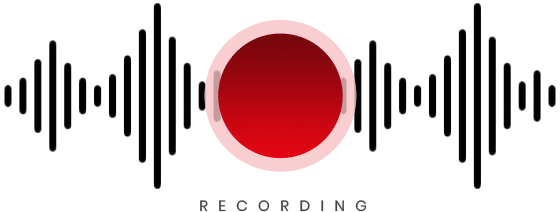
Microsoft Teams Call Recording
Highly regulated industries such as finance, healthcare, local authorities and insurance need to record and store calls in a particular way. For other sectors, the ability to analyse performance and service is just as critical.
Since Teams’ native recording lacks the advanced features to satisfy regulatory criteria or provide indepth analysis, third-party solutions are a must for many organisations.
But with a dozen or so Microsoft certified recording vendors to choose from (even more if you include uncertified), how do you know who to choose?
We’ve put together 10 reasons why our Teams call recording is a win-win solution:
Cost-Effective
With no set-up fees, hosting fees, support fees, or training fees, our solution is cost-effective, meaning organisations of all sizes can benefit from Teams call recording without breaking the bank.
Quick Installation
With remote installation, it can be up and running with in under 30 minutes, minimizing downtime and allowing you to harness the benefits of Teams call recording swiftly.
Fully Certified by Microsoft
We are one of the select few recording providers globally to meet Microsoft’s rigorous standards. Being fully certified under the Compliance Recording for Microsoft Teams program not only provides quality assurance, but means you won’t be caught out by the throttling of call recording that Microsoft applies to uncertified products.
Call Recording Graph API Integration
This is a biggie. As a certified product, our solution uses Microsoft’s Call Recording Graph API for seamless integration with Teams. This allows you to capture the widest range of call types including audio, video, meetings, screen-sharing, Team-to-Teams, PSTN, and mobile calls. Without the API, you won’t capture all calls, falling short of compliance requirements.
Call Routing Agnostic
Not all Teams recorders work with every call routing option. Ours does. So, whether customers choose a Microsoft Call Plan, Direct Routing, Operator Connect or Contact Center solution, you can be assured you'll capture every call.
Flexible Storage Options
All calls are stored in Azure for security, but customers can choose between a SaaS storage offering from Oak or a customer-owned single instance, depending on which aligns better with their data management preferences and regulatory requirements.
Fully Hosted Service in Microsoft Azure
As a fully hosted service, we offer reliability, scalability, and security. Our solution is deployed and managed securely by us in Microsoft Azure, minimizing risk and upkeep for the customer and any support from the reseller.
Contact Center and Analytics Integration
Our API facilitates seamless integration with CRM systems, AI speech analytics, and contact center solutions. This includes ‘pure’ Teams contact center solutions or where there’s a need to add Teams recording to traditional contact center products.
Global Storage Compliance Support
Our solution supports storage compliance globally by enabling users to store recordings in their chosen Azure region in line with local regulations.
Award-winning solutions and sales support
Our Teams recording solution has won three prestigious awards and three ‘Highly Commended’ recommendations in the past two years. We can provide live demos and training, plus sales and marketing collateral to quickly get your team up to speed.

Financial Services (FCA, Dodd-Frank, MiFID II, SCA)
Many FinServ companies are implicated in FCA, MiFID II and Dodd-Frank regulations. These require conversations related to a transaction to be recorded and stored for up to seven years.
With our Teams Call Recording you can:
- Record all types of calls, including internal, external, Teams, mobile and PSTN lines
- Store recordings in Azure as long as needs
- Store recordings in an encrypted tamperproof format
- Tag recordings with Legal Hold to prevent deletion as part of an investigation
GDPR
GPDR gives customers the right to request that calls are deleted or not recorded in future. Businesses must comply unless they need the recording to fulfil services to the customer.
With our Teams Call Recording you can:
- Capture verbal consent to provide services
- Grant user permission to delete recordings
- Control which calls are recorded by setting recording rules
- View all GDPR related activity for auditing
Payment Card Industry Data Security Standard (PCI DSS)
PCI DSS was set up by major credit card providers to reduce fraud. It requires businesses to make sure that sensitive card details are not captured by call recorders.
With our Teams Call Recording you can:
Automatically pause recordings during payments using payment field detection
Works for both app or browser payment solutions
Tag recordings where card payments are taken
Use speech analytics to check best practice is being followed Healthcare confidentiality (HIPAA, CMS)
In the US, CMS regulations require the marketing and purchasing of healthcare services to be recorded and stored in a HIPAA compliant way to protect patient confidentiality.
With our Teams Call Recording you can:
- Encrypt recordings to prevent tampering
- Control who can access, change or delete to recordings
- Report on HIPAA related activity
